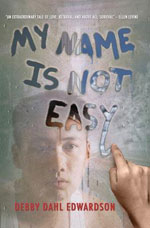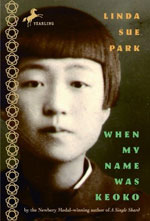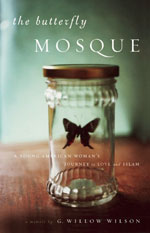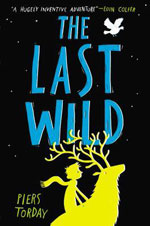So presidential terms are fascinating and I like the idea of promising to be a one-termer. The other idea I find fascinating is what happens to presidents after the White House? Most former presidents retire quietly and busy themselves with humanitarian projects.
We’re not a monarchy or an empire, so that’s probably a good thing.
Post-Presidential Politics
Only three presidents that I’m aware of continued their political career after office (at least on a national scale):
- William Howard Taft served as Chief Justice of the Supreme Court for nine years.
- Andrew Johnson served four months in the Senate, his term cut short by a stroke. (Serving with the same senators who voted for his impeachment? Awkward.)
- John Quincy Adams served 17 years in the House of Representatives and effectively had a second career as an abolitionist.
Adams is the most interesting case in this list of presidents who bucked the trend. He embraced the abolitionist cause and some have argued that he did more in Congress than he ever did as president.
It’s probably not a coincidence that all three served single-term presidencies and were defeated in their reelection bids. I imagine they had a sense of something to prove (definitely the case with Johnson, Adams seemed to have a mission, and Taft always wanted to be chief justice).
Any Current Takers?
I wonder if any current former presidents could pull this off? It seems like it’d be pretty easy for a former president to win (maybe that’s part of what makes this idea unseemly and why so few have done it). Seems like George W. Bush could take Texas and join the Senate. And as reviled as Barack Obama seems to be by half the country, he could easily nab Chicago’s district and take up a seat in the House of Representatives.
While John Quincy Adams served in Congress he met another congressman from Illinois who would go on to be president.
I can’t see any current former presidents actually doing it though. With the exception of George H.W. Bush, the rest are all hated so much by the opposition that they’d be a constant distraction. But it’s interesting to think about.
We don’t need a country of ruling elites (more than we already have), but I’m also intrigued by the example of Adams. Continuing to serve in the name of an important cause is a good reason to buck the trend.
Random Fact: Ever the contrarian, John Quincy Adams was sworn in as president with his hand on a book of constitutional law as opposed to the more traditional Bible. Imagine the uproar if someone tried that today?






